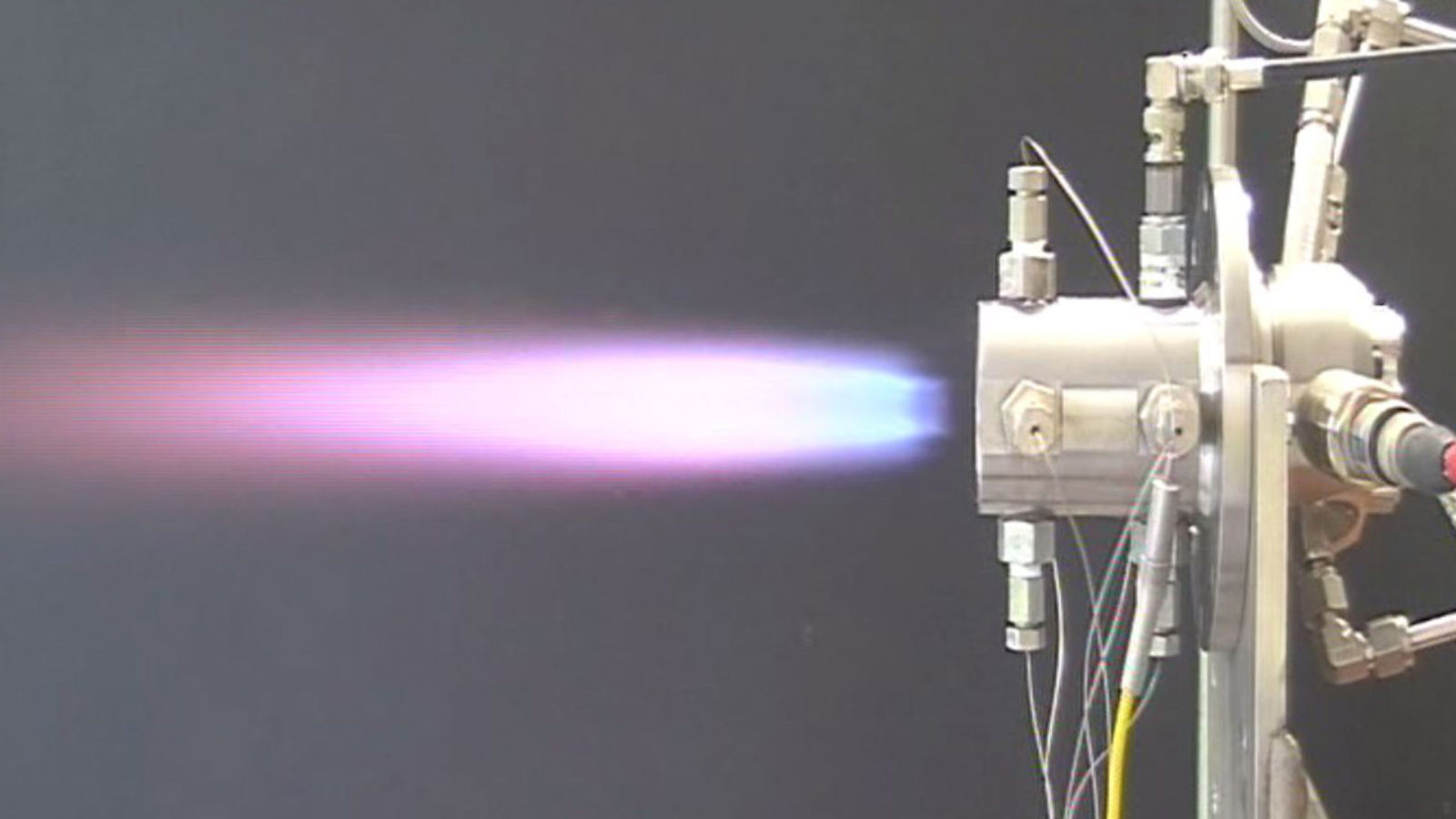
Our products
Space activities
Aerospace Propulsion Products (APP) delivers ignition systems qualified to the highest standards of the space industry. Since the mid-1990s, APP has developed and produced igniters for major European launch vehicles, including Ariane 5, Ariane 6, and Vega. Our systems are designed to ensure safe, reliable, and repeatable engine starts for both solid and liquid rocket propulsion.
Discover the productsMany APP products are pyrogen igniters, which use solid propellant to generate hot gas. These are mainly applied in solid rocket motors, but can also be used in liquid engines. APP has produced the Vulcain II igniters and starters for Ariane 5 since 1995, and since 2001 has developed the igniters for solid rocket motors of Vega, which remain in production today. A different approach is the spark torch igniter, which produces hot gas by burning a fuel such as hydrogen or methane with pure oxygen. The combustion starts with a spark or glow plug. Unlike pyrogen igniters, spark torch igniters allow multiple ignitions and are widely used in rocket engine test facilities. Since 1999, APP has also been responsible for the development and production of the ignition system of the Vinci engine, which powers the upper stage of Ariane 6 and is suitable for future applications such as Vega. Vinci’s ignition system features a unique restart capability, enabling up to four ignitions in space and providing the flexibility needed for complex missions.
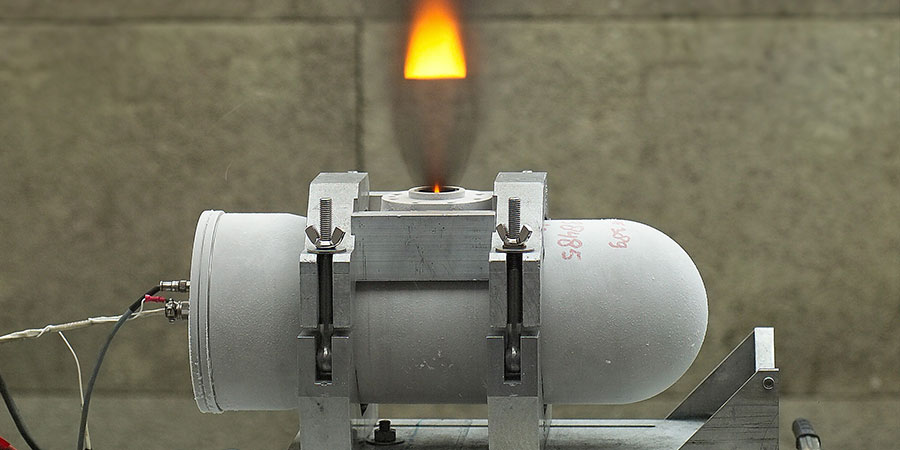
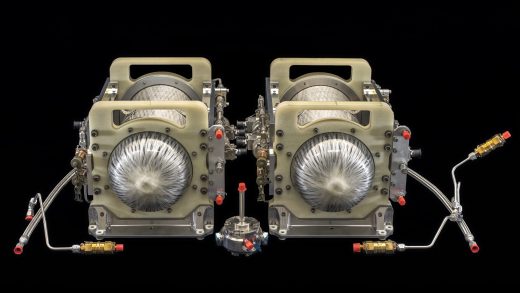
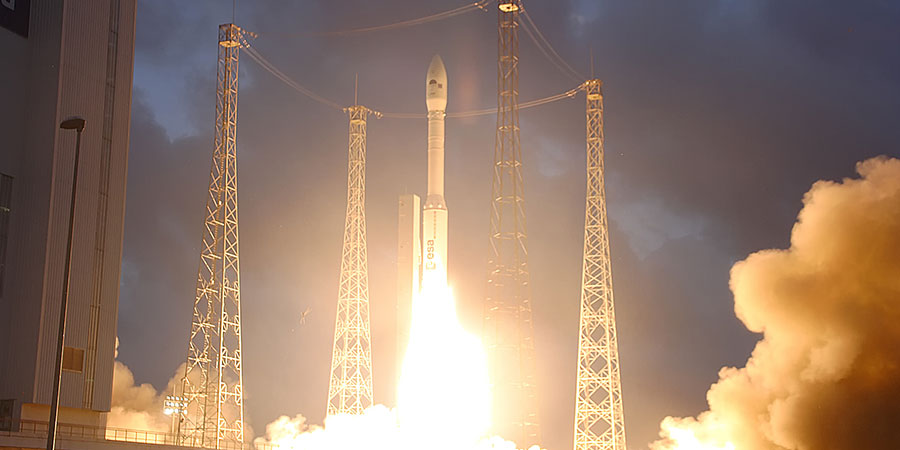
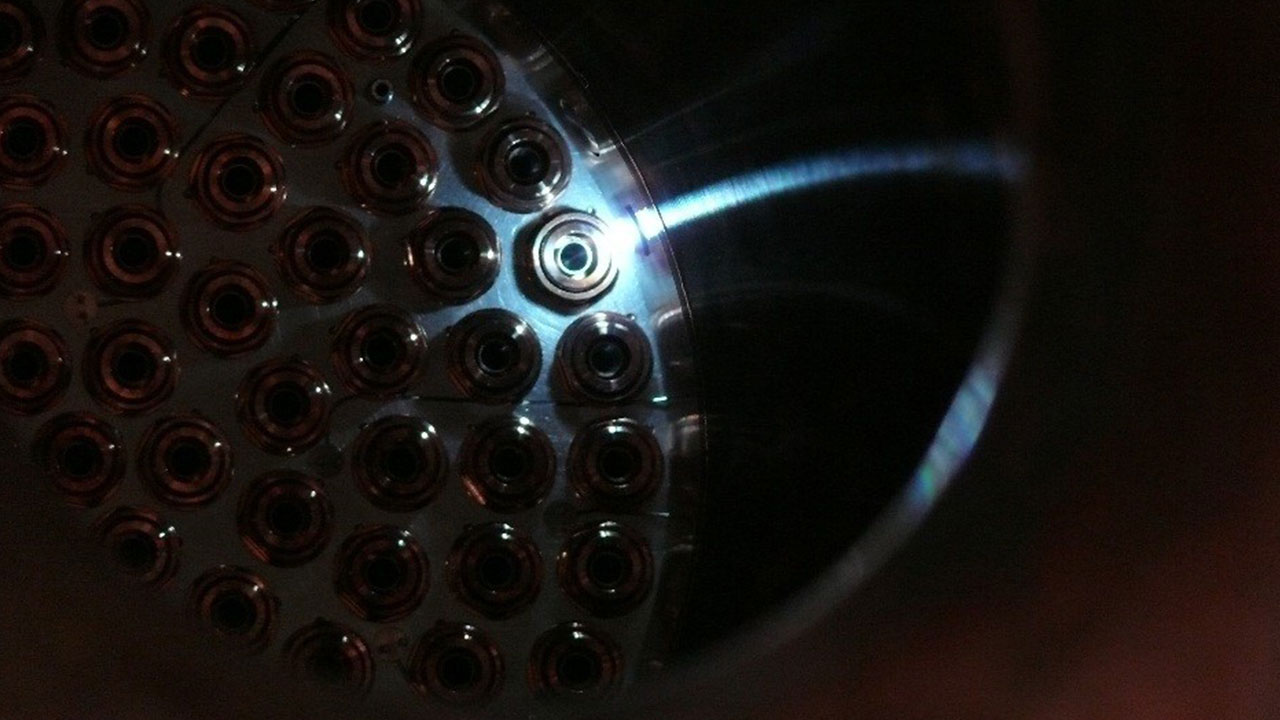
The Direct Spark Ignition principle is based on creating plasma directly in the engine’s combustion chamber at a location favourable for ignition, similar to a gas-turbine engine. If successful, this system would make the use of a traditional torch igniter and feed-system obsolete with potentially massive savings in mass and costs.
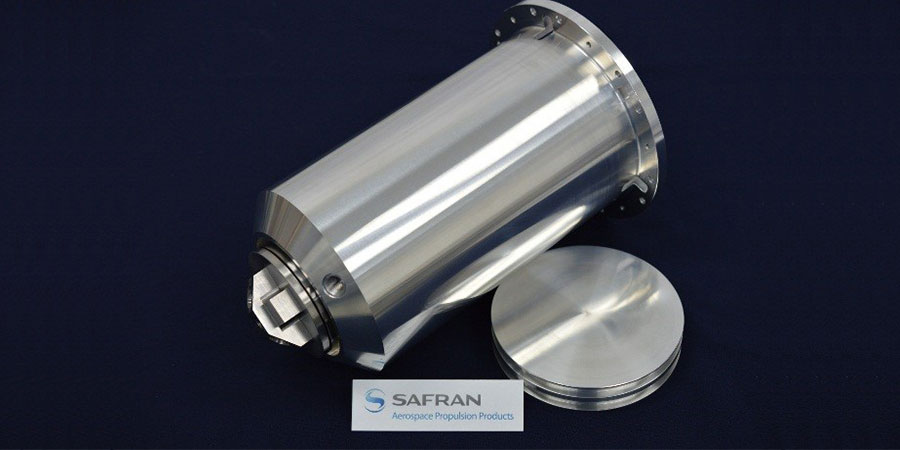
A mortar and gas generator have been designed and manufactured. Analysis of the propellant and full PDD performance was performed by TNO and Vorticity. Detailed design, assembly and integration of all the hardware has been performed by APP.